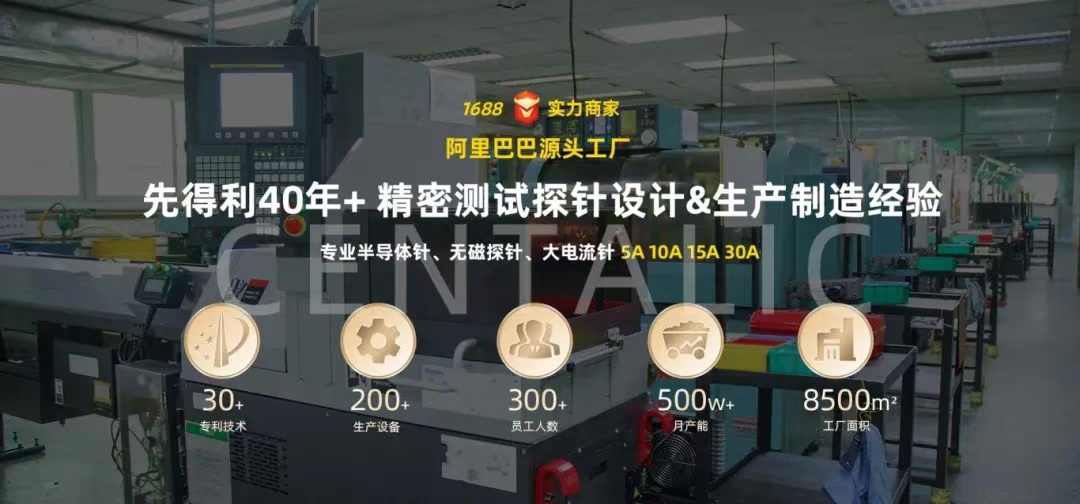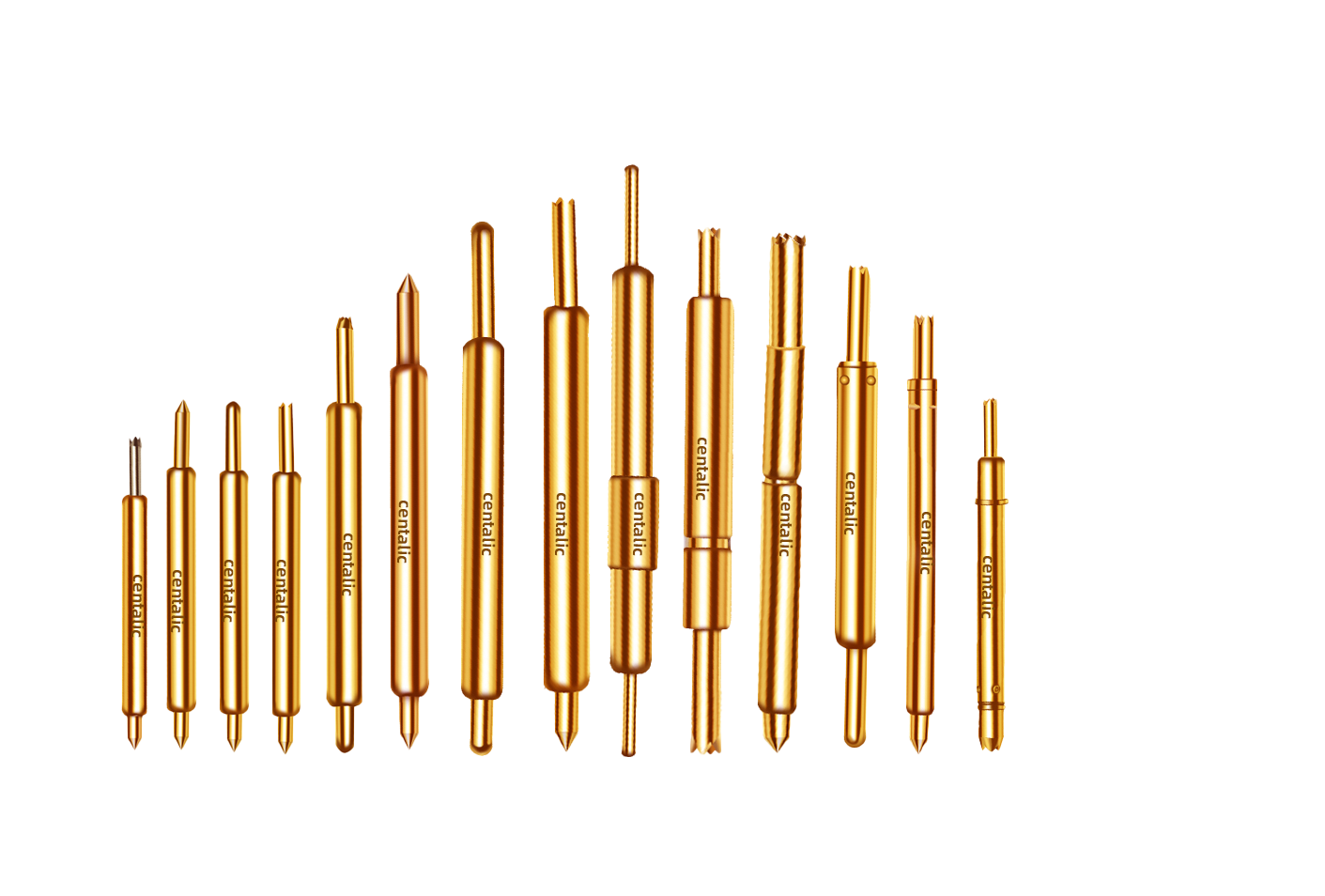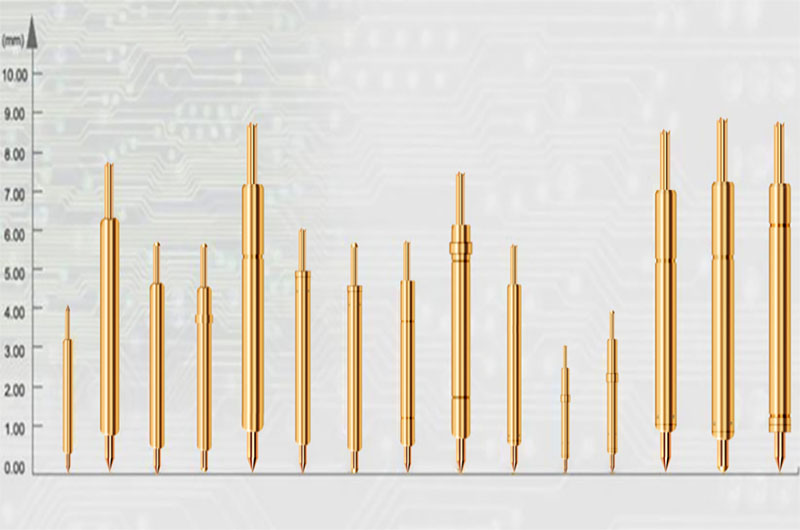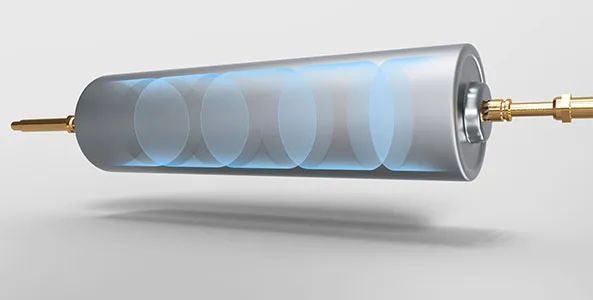
Time:2025-01-10Reading:1143Second
As consumables, test probes are prone to stains during use. If not cleaned in a timely manner, it can cause the test to fail, increase the resistance between the needle and the object being tested, and affect the test results.In order to ensure the normal operation of the probe and extend its service life, daily maintenance and upkeep are particularly important. The following is an article about daily maintenance techniques and key methods for extending the service life of probes, aiming to provide users with comprehensive and practical guidance.
Most probes are used in conjunction with testing fixtures, often used for rapid testing of circuit boards on automated production lines. Generally speaking, fixture boards produced from high-quality fixture materials are more conducive to the use of probes.
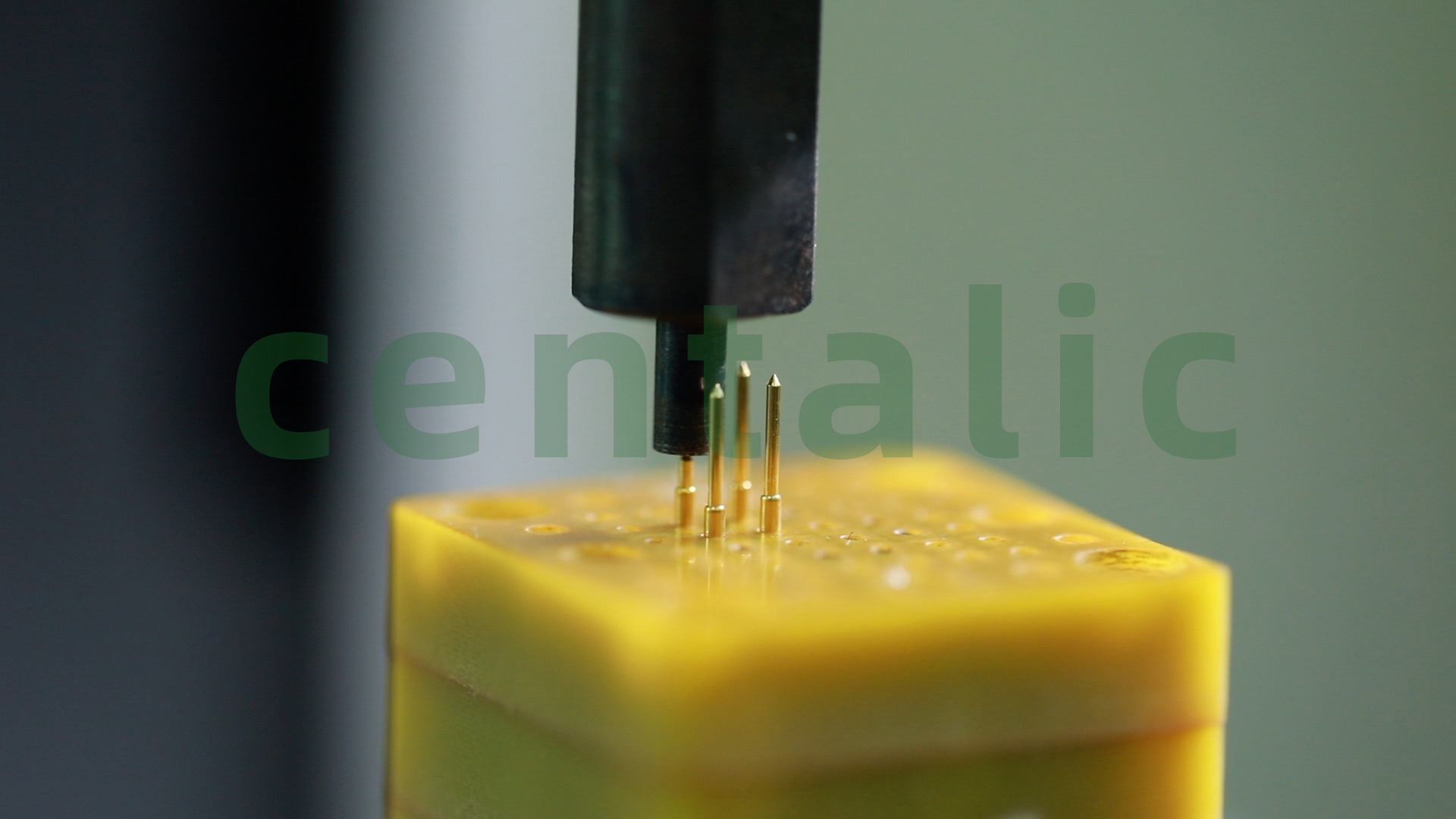
The testing environment is one of the main factors causing probe fouling and damage. The testing environment should be kept dry and clean to avoid dust and pollutants from the air falling on the probe, which may affect the testing contact. Especially in humid environments such as coastal areas, it is important to maintain a constant temperature and humidity in the testing environment to reduce the oxidation of the probe.
To prolong the lifespan of the probe, it is necessary to ensure the reasonable use of the working stroke. Exceeding the specified stroke (2/3 of the full stroke) will significantly shorten the lifespan of the probe. Test the pressing speed, if moving at a speed of ≥ 60 times/min, it may shorten the lifespan of the probe. Additionally, it is necessary to ensure that the probe extends and retracts vertically on the device and does not exceed the rated current.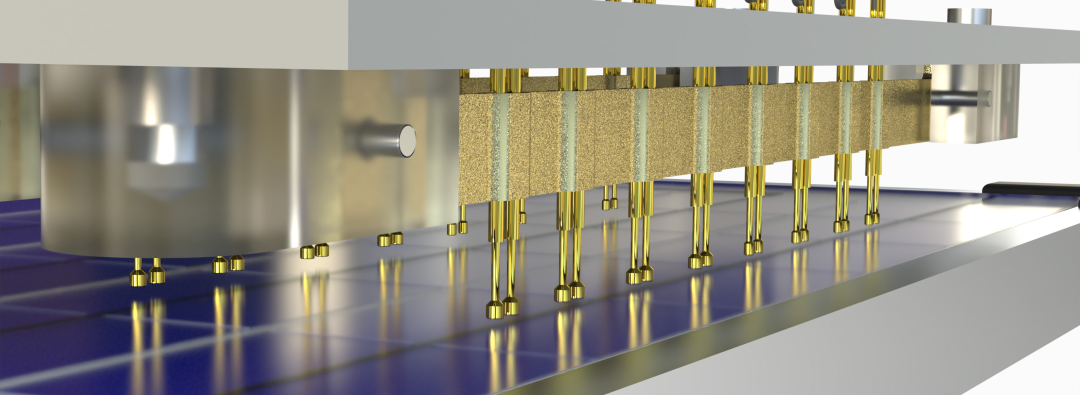
By implementing these measures, the good performance of the probe can be effectively maintained, its service life can be extended, and stable and reliable guarantees can be provided for electronic testing work.
Xiandeli is a national high-tech enterprise that has owned a "fully self operated large-scale" probe production line for over 40 years, focusing on the research and development and manufacturing of various testing probes. After the raw materials are received, each process step including turning, cleaning, heat treatment, electroplating, assembly, inspection and shipment is controlled by our company's self operated production line, with standardized production processes and strict control over delivery time and quality.
